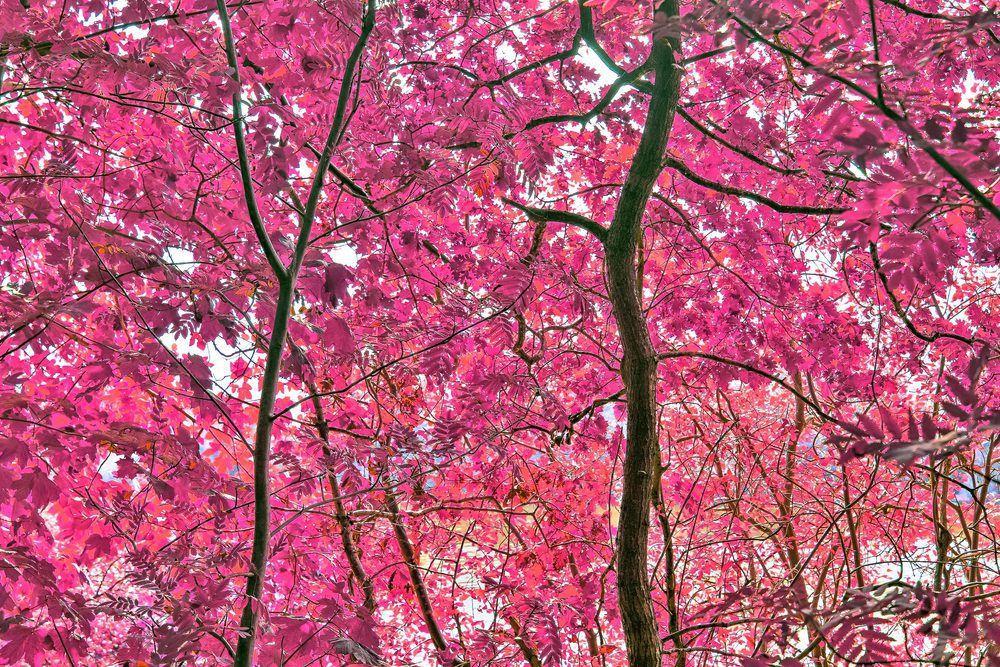
Planting trees in your yard enhances beauty, provides shade, and boosts property value. However, not all trees are equally beneficial. Some can pose problems like invasive roots, fragile branches, messy fruit, or susceptibility to pests and diseases.
Choosing the right tree species for your yard is essential to avoid future maintenance issues and expenses. This article will identify problematic trees to avoid when planting in your yard and recommend alternative options that offer similar benefits with less hassle.
1. Chinese Flame Trees
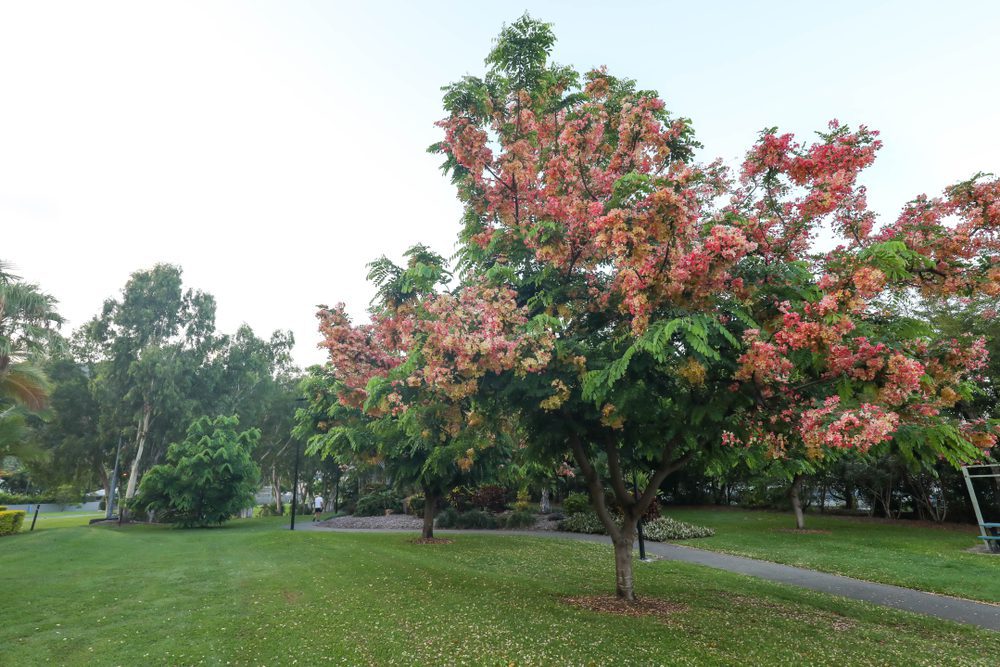
Chinese flame trees, or Koelreuteria Bipinnata trees, have both advantages and disadvantages, despite their attractive appearance and origin in southern China.
While they are visually appealing, one of the drawbacks of these trees is their rapid proliferation. A single Chinese flame tree has the potential to give rise to an entire forest. Furthermore, when their blossoms fade, the seed pods spread extensively in the surrounding area, making their removal from your yard a challenging task.
2. Eucalyptus Tree
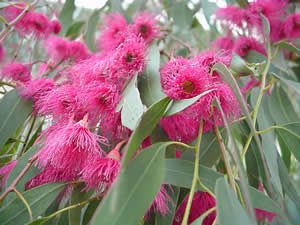
Native to Australia, Tasmania, and neighboring islands, eucalyptus trees, also called gum or stringybark trees, exist in diverse species. Although they possess an appealing fragrance and medicinal properties, planting eucalyptus trees in yards is not recommended.
These trees have a high dehydration rate and demand more nutrients compared to typical plants. Consequently, they can deplete essential nutrients from the surrounding soil, leading to the decline of nearby plants.
3.Tulip Poplar
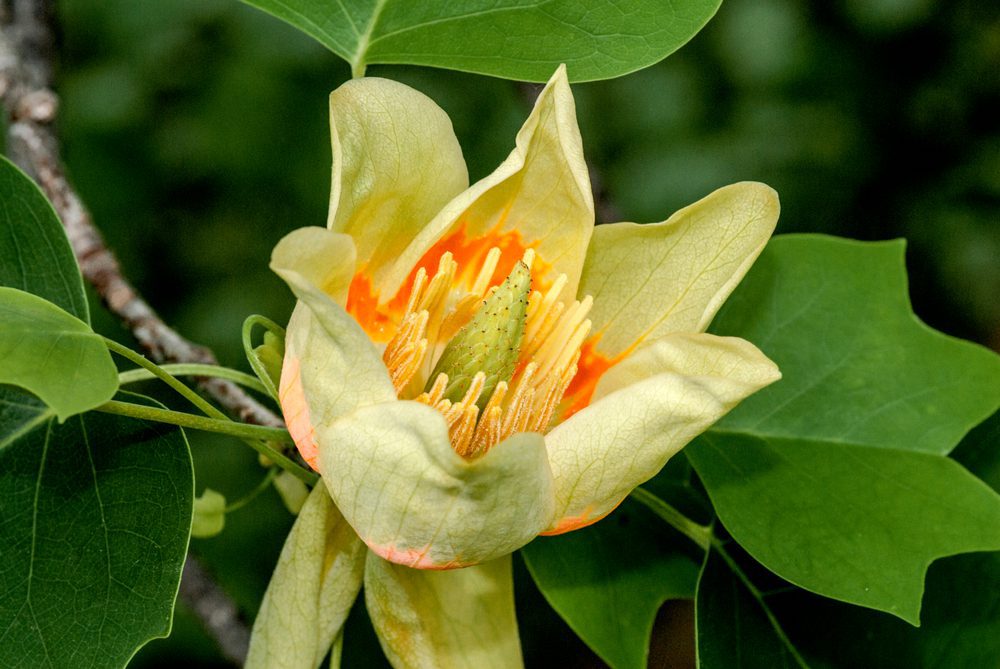
Tulip poplars, also known as American tulip tree, yellow-poplar, or Liriodendron tulipifera, are magnificent tall trees native to eastern North America, often reaching heights exceeding 80 feet.
While they are visually stunning, particularly during their vibrant orange foliage season, tulip poplars require careful maintenance and caution. It is not recommended to sit under these trees due to the potential danger of falling branches and twigs, especially during inclement weather.
4. Leyland Cypress
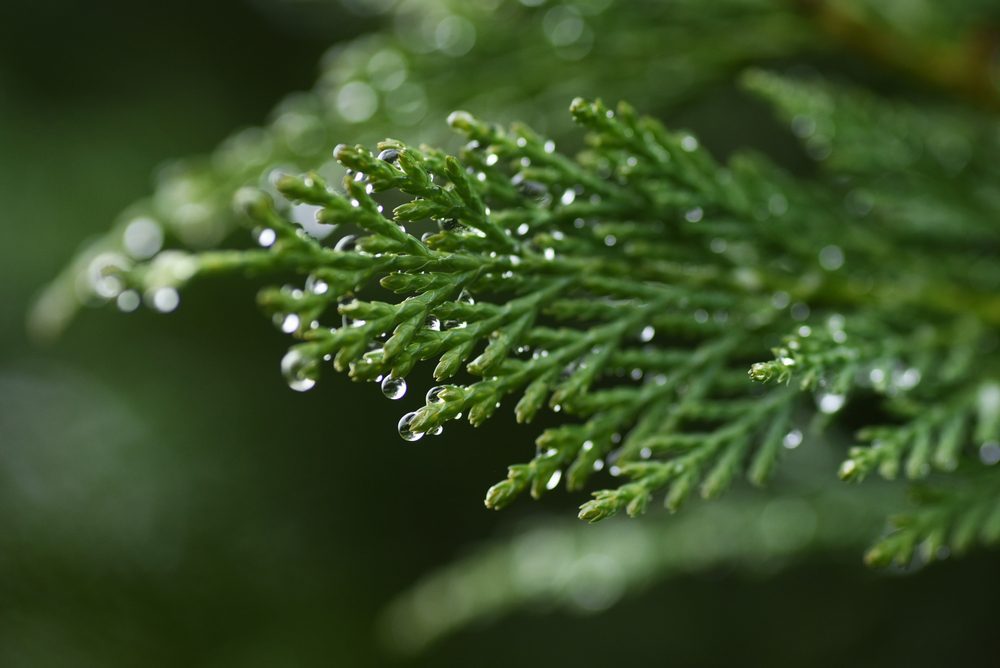
Cupressus x leylandii, a fast-growing tree resembling a Christmas tree, is often favored for its ability to offer privacy in yards. However, the numerous tree varieties within this species are not ideal for planting in yards due to safety risks arising from their rapid growth and size, particularly during storms.
Despite the importance of privacy, the potential hazards associated with these trees outweigh the benefits. Additionally, Leyland Cypress trees are prone to fungal infections, further increasing safety concerns.
5. Bradford Pear Tree Flowers

Originating from Asia and introduced to the eastern United States, Bradford Pear Trees, also referred to as “Callery” pear, were widely planted around homes in the 1960s.
Despite their height surpassing 50 feet, Bradford Pear Trees emit an overpowering odor, making them unsuitable for individuals seeking a pleasantly scented yard or garden. While visually attractive, their unpleasant fragrance poses a significant drawback.
6. Black Walnut Trees

For gardening or yard enthusiasts, Black Walnut trees, also known as Juglans nigra, can become a nightmare due to their toxin production.
To maintain a garden with Black Walnut trees, gardeners must painstakingly replace their plants with varieties that are resistant to juglone, the toxic substance produced by these trees. This process can be time-consuming and challenging. As a result, having Black Walnut trees in your yard may not be worth the effort and can present significant obstacles to maintaining a healthy garden.
7. Mimosa Trees
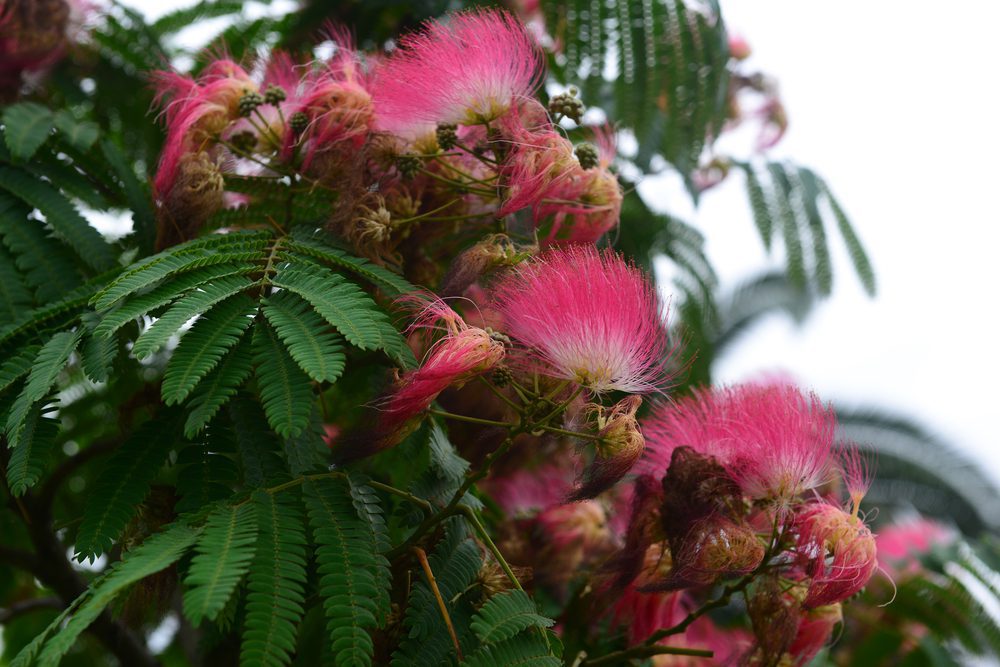
While originating from the Middle East and China, Mimosa trees, or Albizia julibrissin, were introduced to the United States. Despite their vibrant appearance, these trees may not be worth the effort.
Mimosa trees have a rapid growth rate but a relatively short lifespan. They also tend to attract insects such as web worms and moths and are prone to breakage. Opting for alternative tree varieties is recommended to cultivate a healthier and easier-to-manage garden or yard.
8. Sweetgum Trees
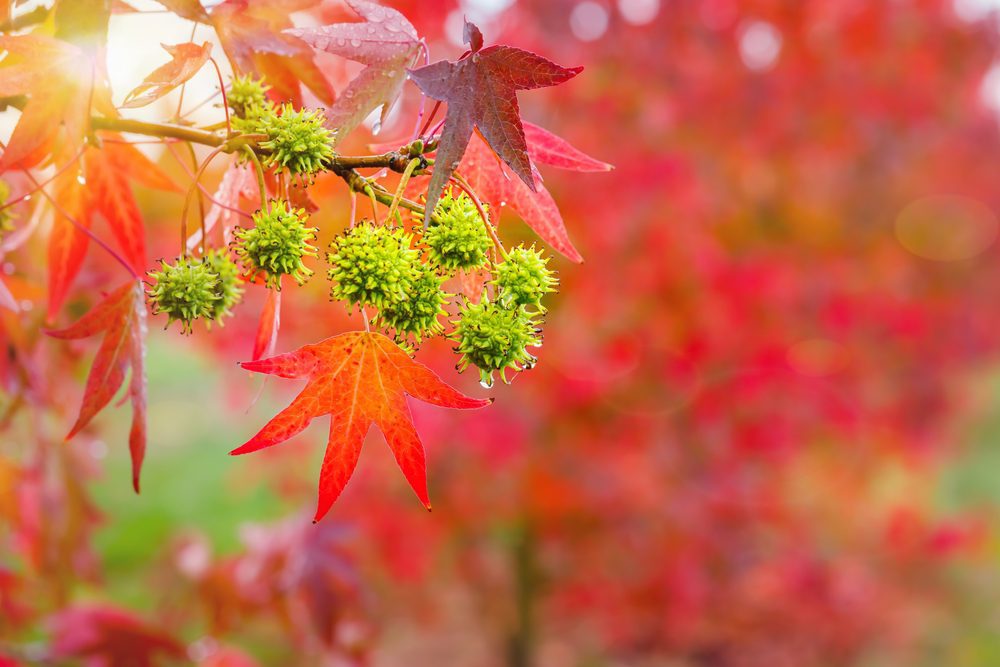
Liquidambar, commonly referred to as Sweet Gum trees, are indigenous to the southeastern United States. During the 1940s, they became popular due to their tall, upright structure, featuring a single trunk that can reach heights of up to 75 feet.
While Sweet Gum trees offer stunning autumn foliage, they also come with a drawback. The seedling pods they produce have rough, spiky exteriors, which can be troublesome and challenging to remove from undesired areas.
9. Magnolia Trees
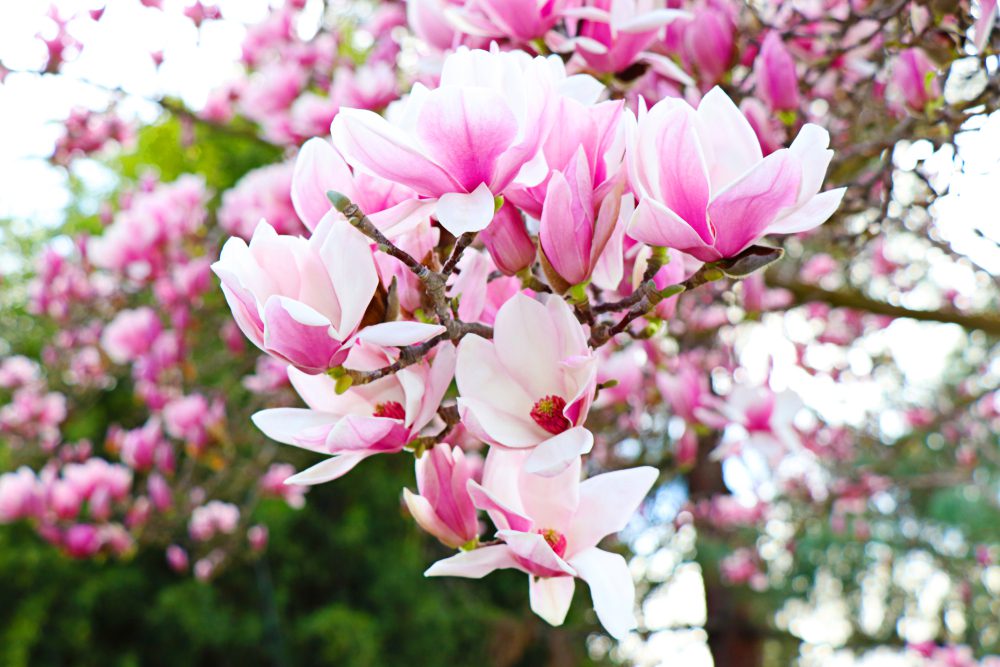
Magnolias are famous for their exquisite white flowers, but they may not be the best choice for your yard. These trees demand significant care and attention, and they often attract pests such as aphids, caterpillars, and thrips, which can lead to premature leaf shedding.
To avoid year-round shedding and the associated hassle, it is advisable to steer clear of high-maintenance trees like magnolias.
10. Gingko Trees
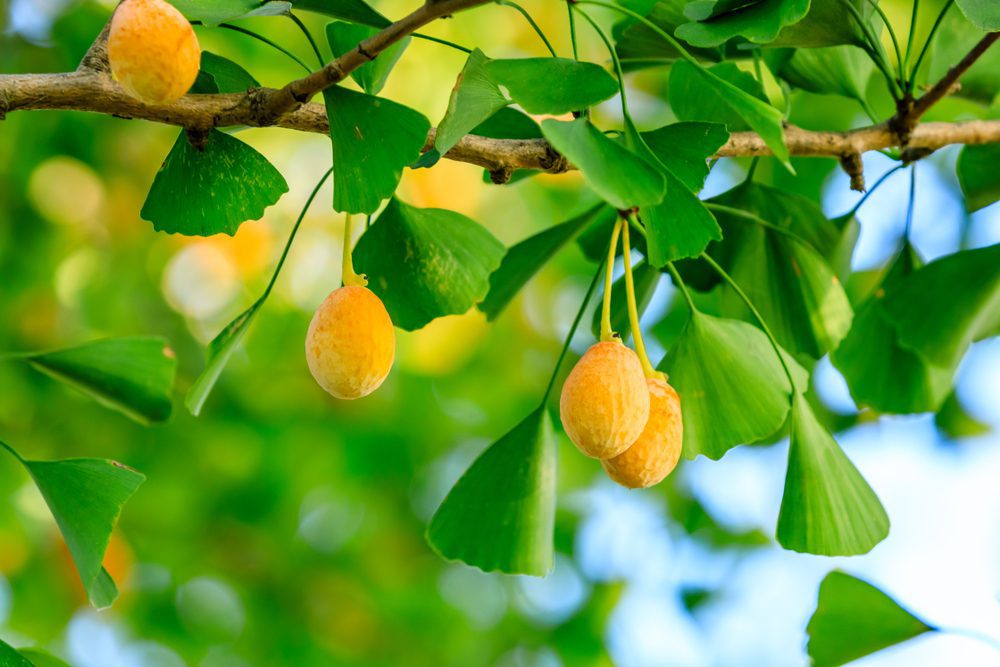
The ginkgo biloba, commonly known as maidenhair, is a unique tree with colorful foliage, an attractive shape, and the ability to tolerate drought. However, it’s important to note that female ginkgo trees produce fruit that can create a messy situation and require substantial cleaning efforts.
To avoid the hassle of fruit cleanup, opting for a male ginkgo tree is the recommended choice. Gardeners should conduct thorough research before planting ginkgo trees to ensure they select a suitable and manageable option for their yard.
11. Silver Maple Trees
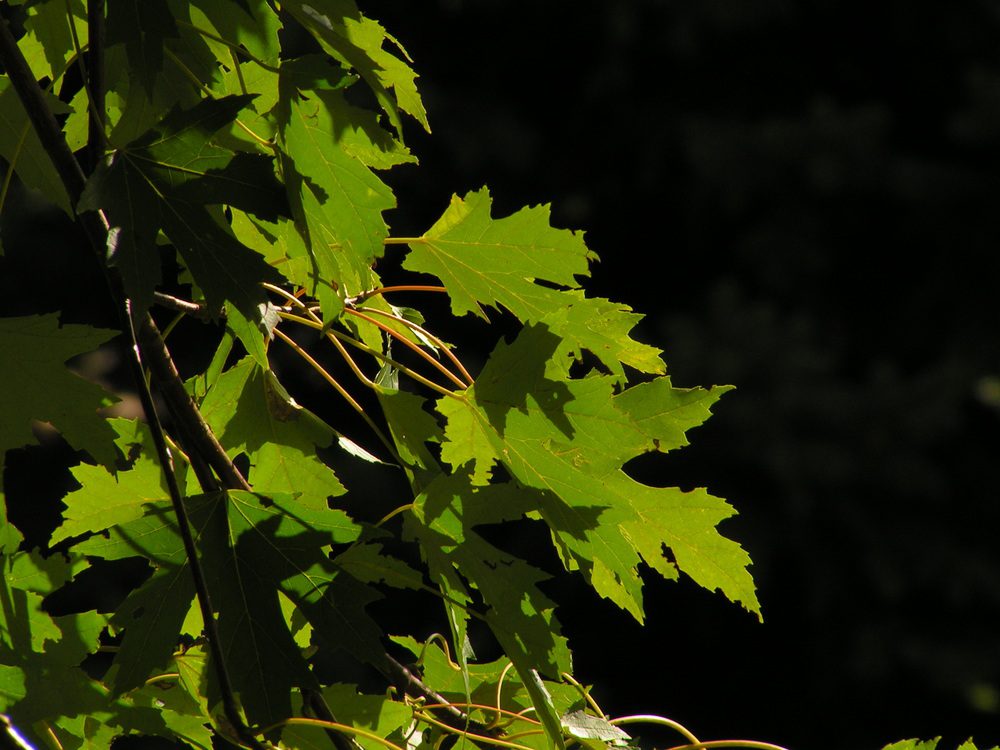
Despite their prevalence in North America, silver maple trees can bring more problems than benefits. While they are considered low maintenance, their invasive roots can cause significant damage to sidewalks, water lines, and landscapes.
Due to their invasive root system and space requirements, silver maple trees can become more trouble than they’re worth. Although they are relatively easy to grow, their roots have the potential to harm sidewalks, water lines, and other landscape features. Furthermore, their vigorous growth can outcompete other plants for nutrients, making them unsuitable for planting in certain areas.
12. Red Oak Trees
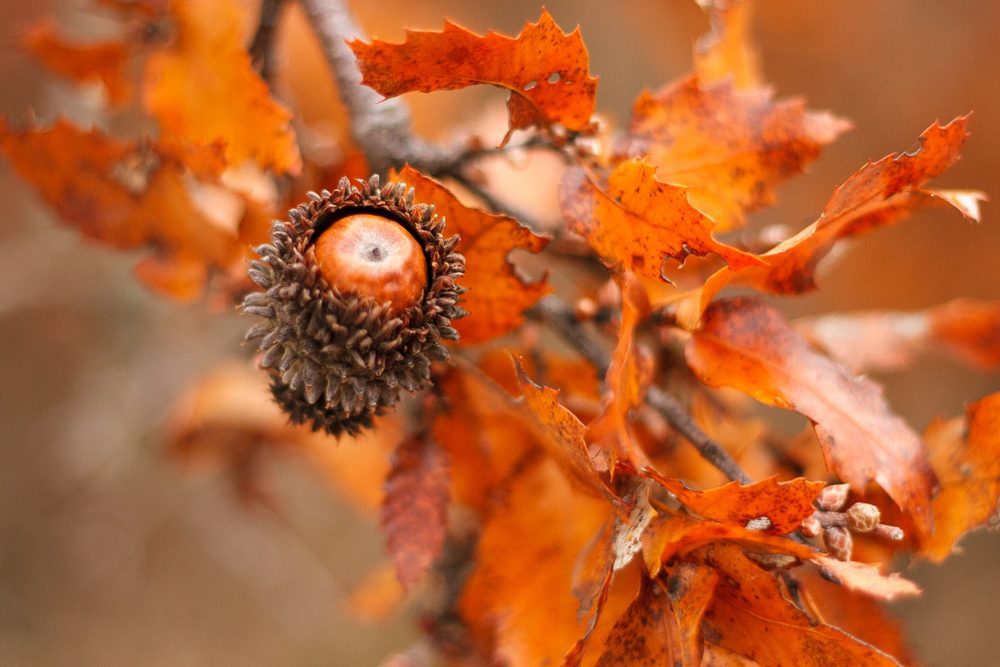
While the northern red oak trees are undeniably beautiful, they may not be the optimal choice for gardens or yards. This is primarily due to their large leaves, which shed frequently, along with the presence of tiny flowers and catkins, particularly during autumn and spring.
In addition to the shedding foliage, northern red oak trees have a tendency to attract insects, bacteria, and fungi, making them less desirable for gardens or yards. While they can be suitable for planting along streets, they may not be the most ideal option for open fields or smaller yards. It is advisable to explore other tree varieties that require less maintenance for such spaces.
13. Tree of Heaven
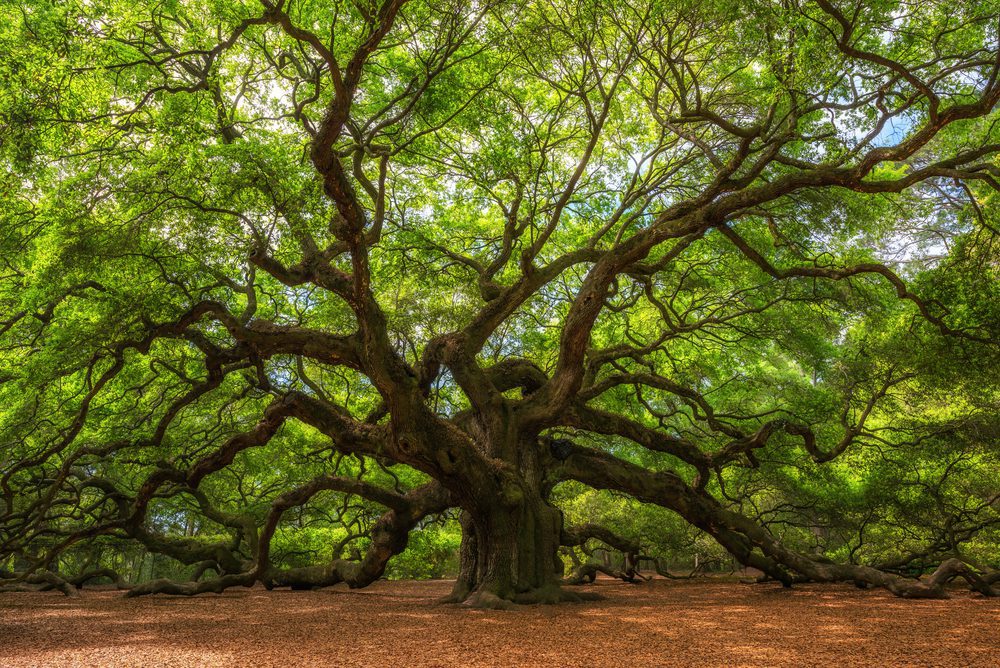
The Ailanthus altissima, commonly known as the tree of heaven, may sound heavenly, but it is not a recommended tree for planting in gardens or backyards. Originating from China, these trees have a fast growth rate and are difficult to control.
Despite their name, tree of heaven trees are not an ideal choice due to their aggressive nature. They have the tendency to outgrow and suffocate other plants, posing a threat to surrounding vegetation. Additionally, their abundant seed production can further spread their presence. Therefore, it is not advisable to introduce these trees into your yard.
14. Birch Trees
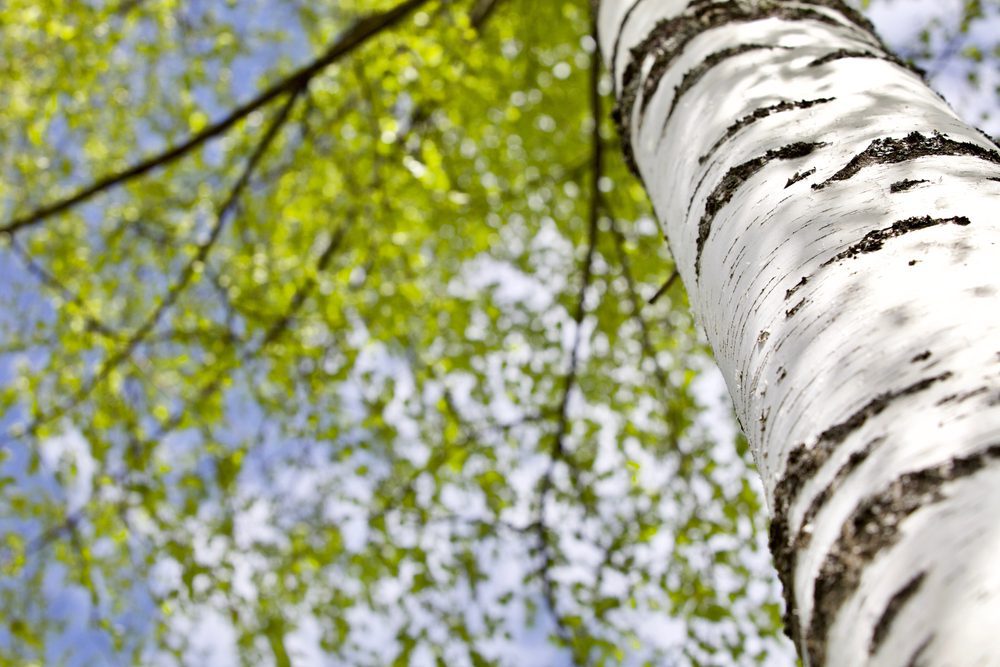
Despite their beautiful white bark, Birch trees have a notable drawback once planted—they inhibit the growth of nearby plants. This is due to their shallow roots, which harden the soil and occupy a large area, making it challenging for other plants to thrive in their vicinity. Cutting the roots is not a practical solution, as it negates the benefits of planting Birch trees. Moreover, these trees are prone to attracting pests, further reducing their appeal for homeowners looking to avoid such issues.
15. Ash Trees
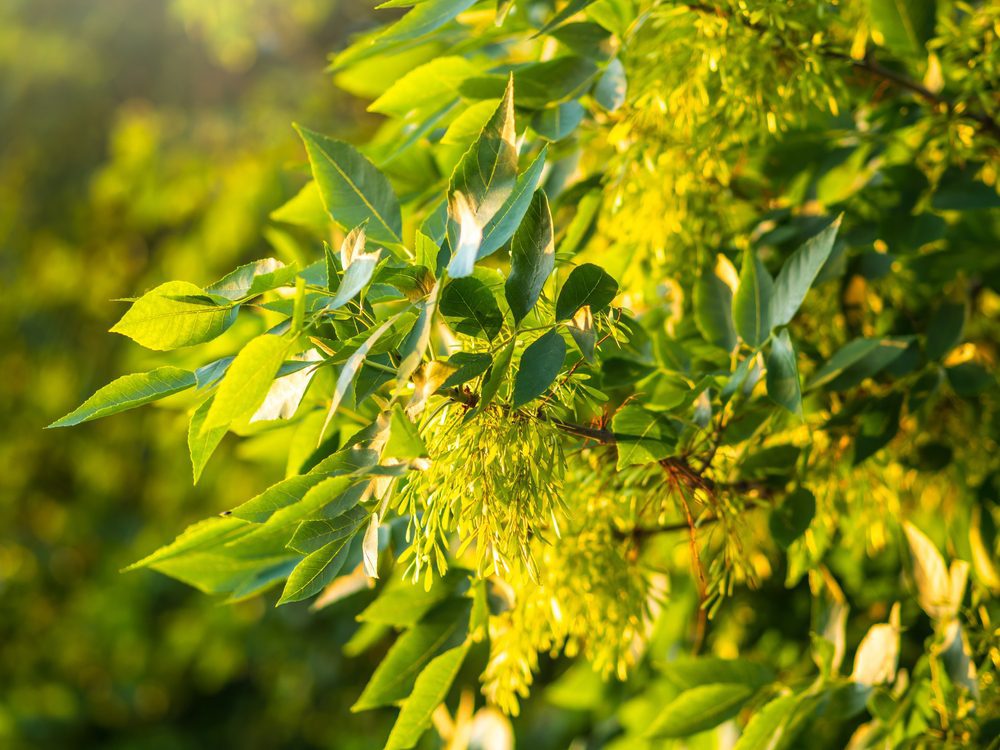
Ash trees are widely appreciated for their fast growth, sturdy nature, and vibrant green foliage. However, the emerald ash borer has emerged as a significant threat, causing extensive harm and even death to many of these trees.
The emerald ash borer has wreaked havoc, devastating millions of ash trees. Despite available treatments, there is currently no cure for the destruction caused by these beetles. The infestation has become a serious concern, leading to the loss of countless ash trees and posing a significant challenge for tree preservation efforts.
16. Weeping Willow Trees
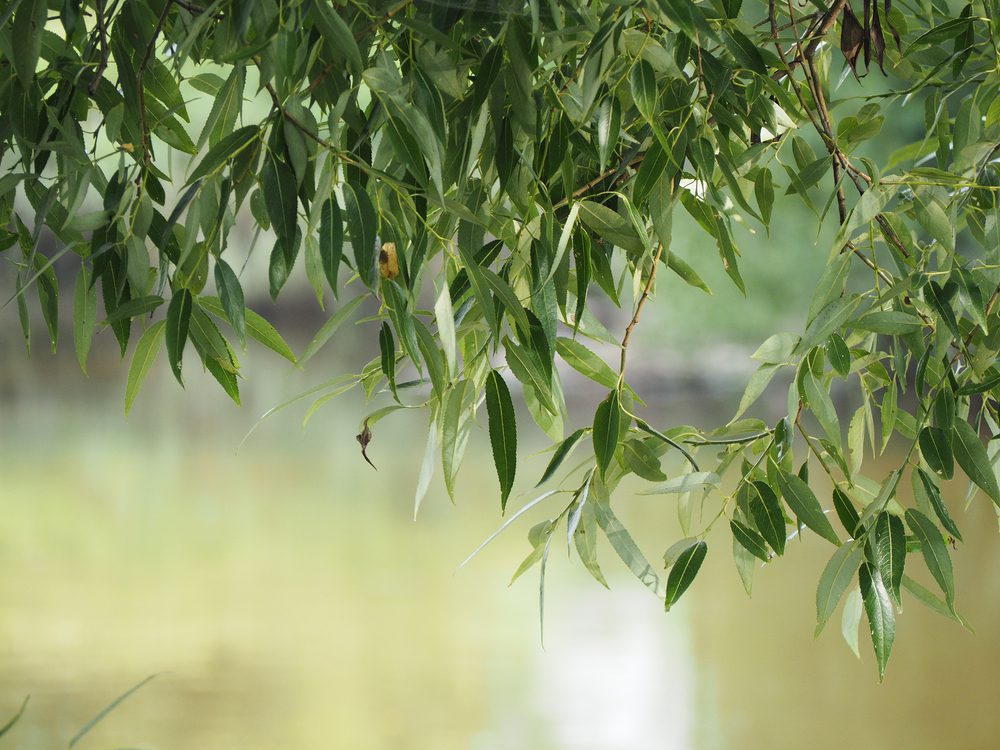
Originating from Asia and historically traded along the Silk Road, Salix babylonica, commonly known as Babylon willows, have aggressive roots that present a notable disadvantage.
The aggressive roots of Babylon willows have the potential to cause damage to pavements and water lines. Moreover, these roots absorb significant amounts of soil moisture, which can be detrimental to the growth and health of other plants in the vicinity. Therefore, it is advisable to refrain from planting Babylon willows in a yard to avoid the complications associated with their aggressive root system.
17. Russian Olive Trees
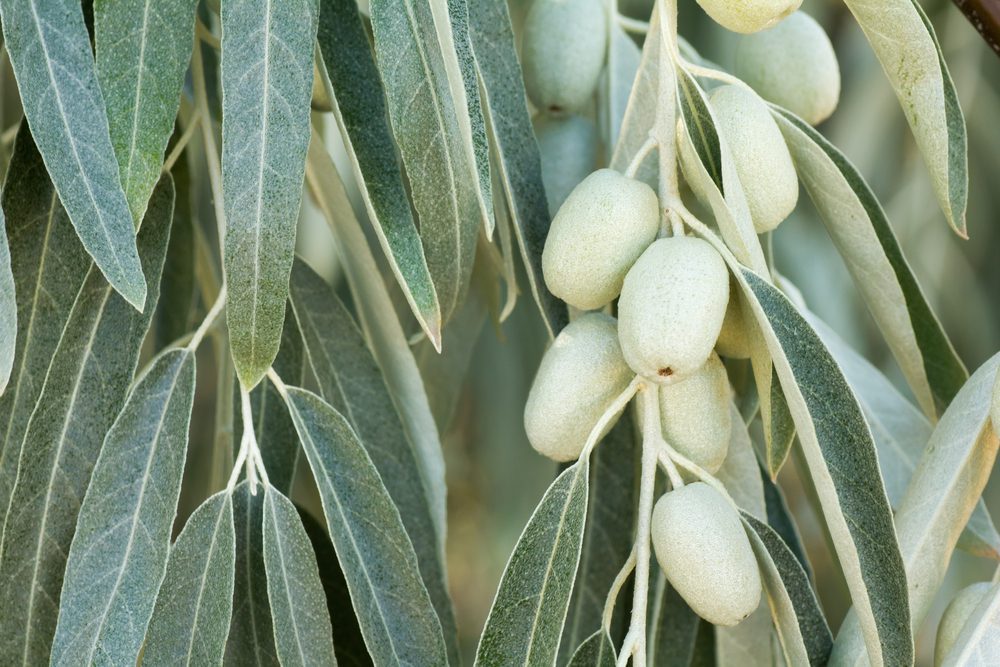
Although Russian olive trees may initially appear appealing in a garden with their silvery leaves and cool-colored trunks, it is important to consider their drawbacks.
Russian olive trees have a detrimental effect on surrounding plants. Their extensive root system can suffocate neighboring plants, limiting their growth and vitality. Additionally, the fruits produced by Russian olive trees are consumed by birds, leading to the spread of their seeds and rapid proliferation. This can result in the domination of the area by Russian olive trees, outcompeting and overshadowing other plants. It is advisable to carefully evaluate these factors before considering Russian olive trees for your garden.
18. Sycamore Trees
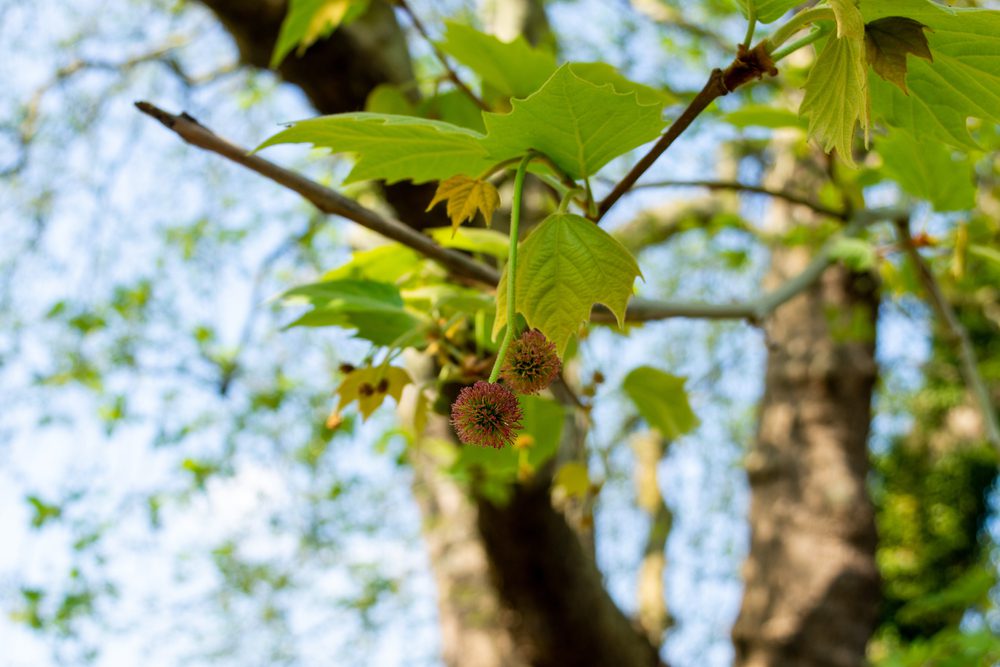
While sycamore trees can possess aesthetic value during specific seasons, it is important to note that they also generate a considerable amount of debris.
Sycamore trees are known for their leaves and seeds, which contribute to a significant accumulation of debris. Additionally, they are susceptible to fungal infections, leading to increased leaf fall. Cleaning up after these trees can be a demanding and time-consuming task.
19. Mulberry Trees
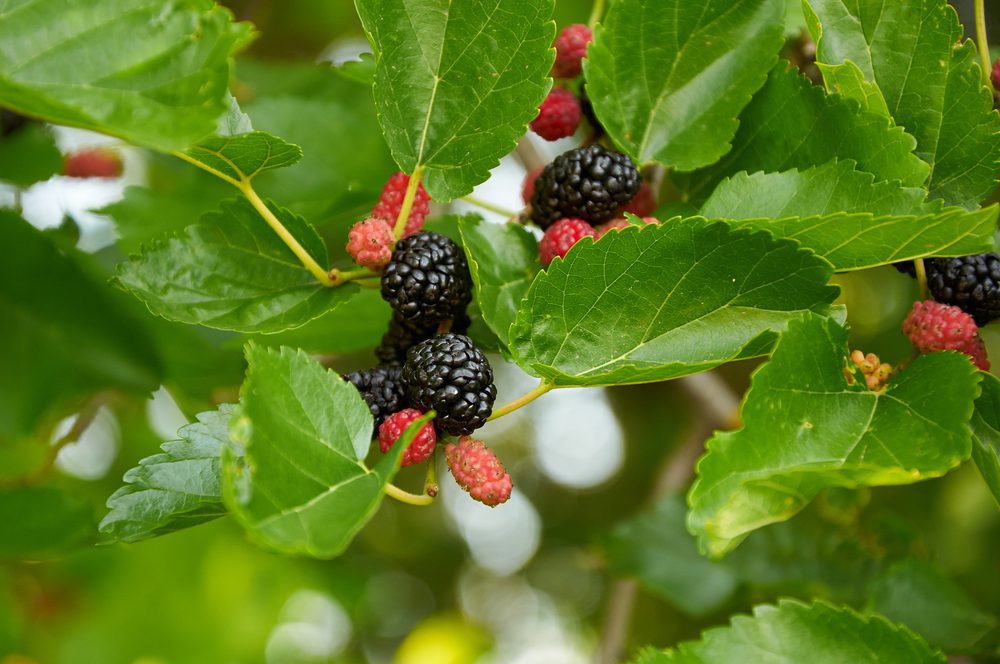
White mulberry trees, scientifically known as Morus alba, produce small fruits during the summer that can attract pests like fruit flies. These fruits have a tendency to rot when they undergo fermentation, creating additional issues. The presence of fruit flies can lead to potential migration from the yard to the interior of your home, causing further trouble and damage.
Moreover, the aggressive root system of white mulberry trees has the potential to cause damage to pavements, leading to cracking and instability. Considering these factors, it is advisable to carefully evaluate the suitability of planting white mulberry trees, as they may not be the most desirable option for your yard.
20. Aspen Trees

Aspen trees, also known as quaking aspen, are native to North America and are characterized by their flattened trunks and branches that quiver in the wind. While they have an enchanting quality, there are notable drawbacks to consider.
Aspen trees have a tendency to facilitate the spread of wildfires, posing a potential danger. Additionally, their root system can cause damage to plumbing systems, leading to plumbing issues and costly repairs. To mitigate these potential risks and avoid potential disasters, it is not recommended to plant aspen trees in your yard.
21. Lombardy Poplar Trees
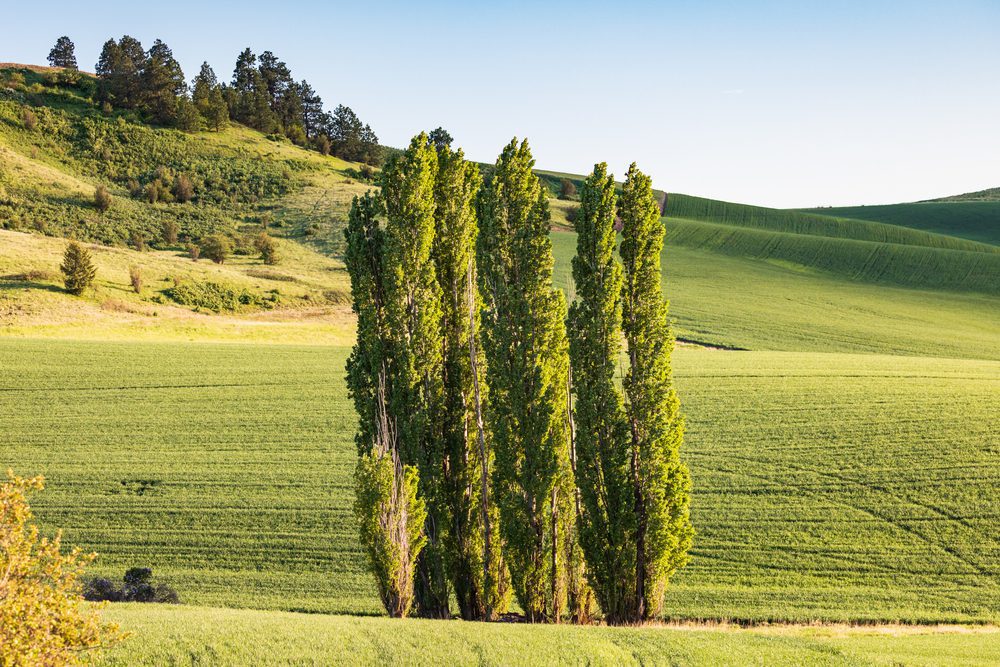
Lombardy poplar trees (Populus nigra) are popular for their rapid growth, up to six feet per year, providing privacy in yards. However, they attract insects and diseases, and their female trees produce cottony seeds, requiring regular maintenance.
22. Mountain Cedar Trees
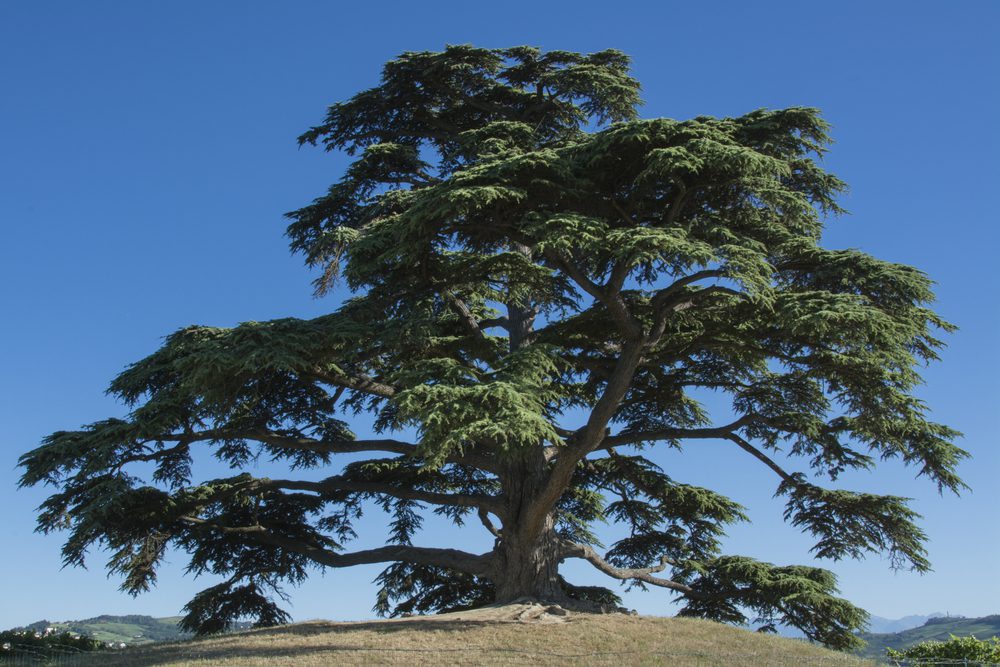
During spring and fall, when plants are in bloom, individuals with allergies often experience heightened symptoms. The mountain cedar tree, prevalent in the southern and central regions of the US, is a major contributor to allergens.
Mountain cedar trees are known to release a substantial amount of pollen, leading to significant discomfort for individuals residing in close proximity, particularly those with outdoor allergies.
23. Eastern white pines
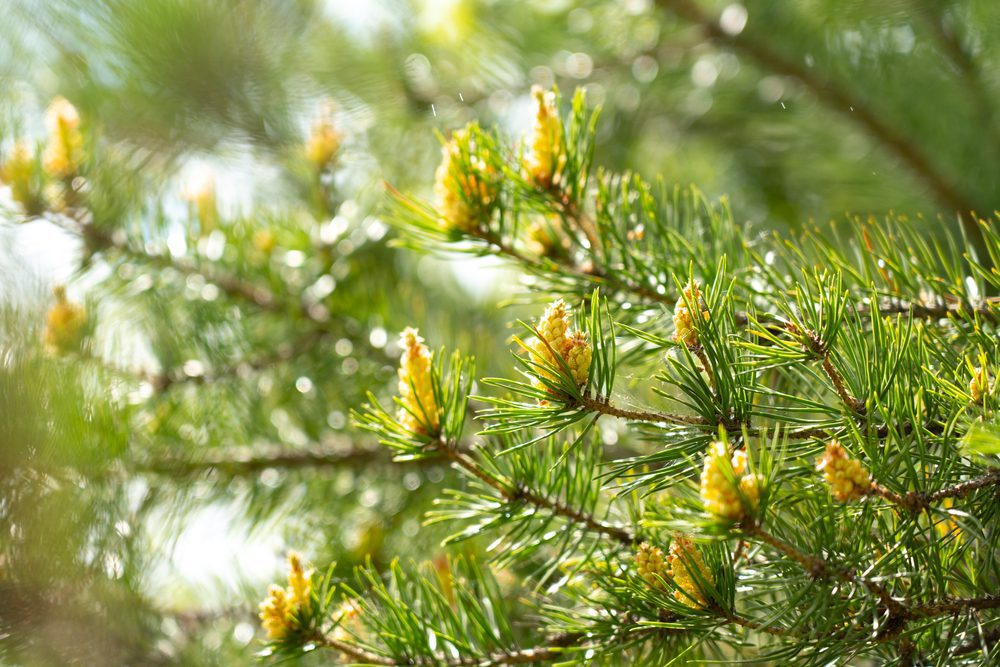
Eastern white pines are commonly selected for windbreaks and privacy screens because of their rapid growth. These trees are easily identifiable by their green needles and sizable pine cones, making them a popular choice for Christmas trees.
However, it is worth noting that eastern white pines are notorious for their sticky sap, which can cause damage to car paint, clothing, and other materials. The mess created by the sap, particularly when the trees overhang driveways or patios, can diminish their appeal to homeowners.
24. Catalpa Trees
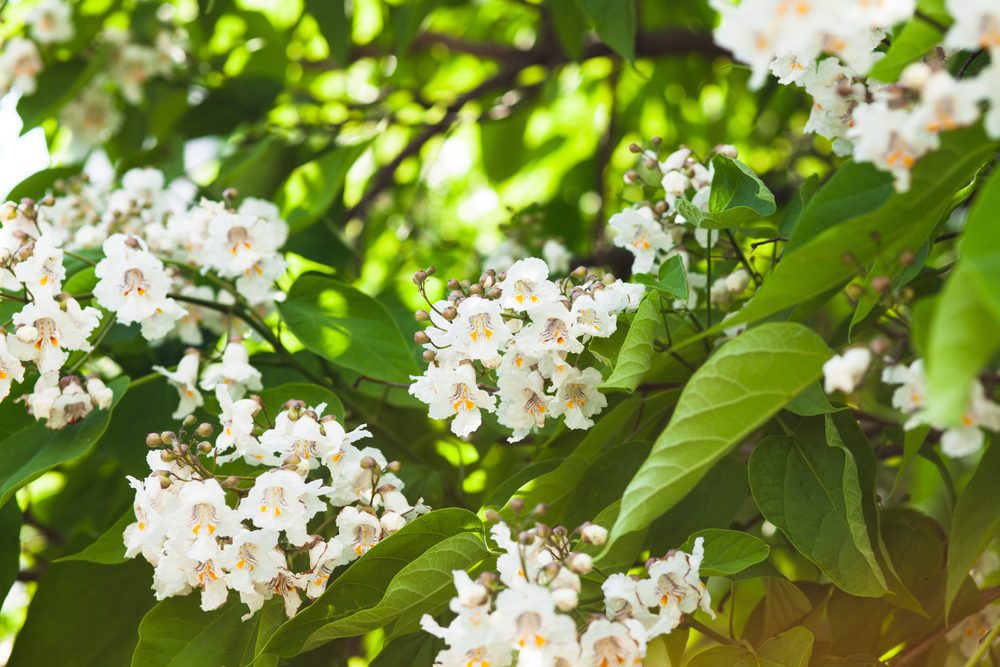
Catalpa trees are admired for their stunning orchid-like flowers and their impressive growth, reaching heights of up to 60 feet with a width of 40 feet. However, it is important to note that their leaves do not exhibit attractive fall colors when they wither. Instead, they turn black and fall off.
When grown in gardens, catalpa trees require regular maintenance due to the shedding of petals and leaves during their blooming periods in spring and summer.
25. Pecan Trees
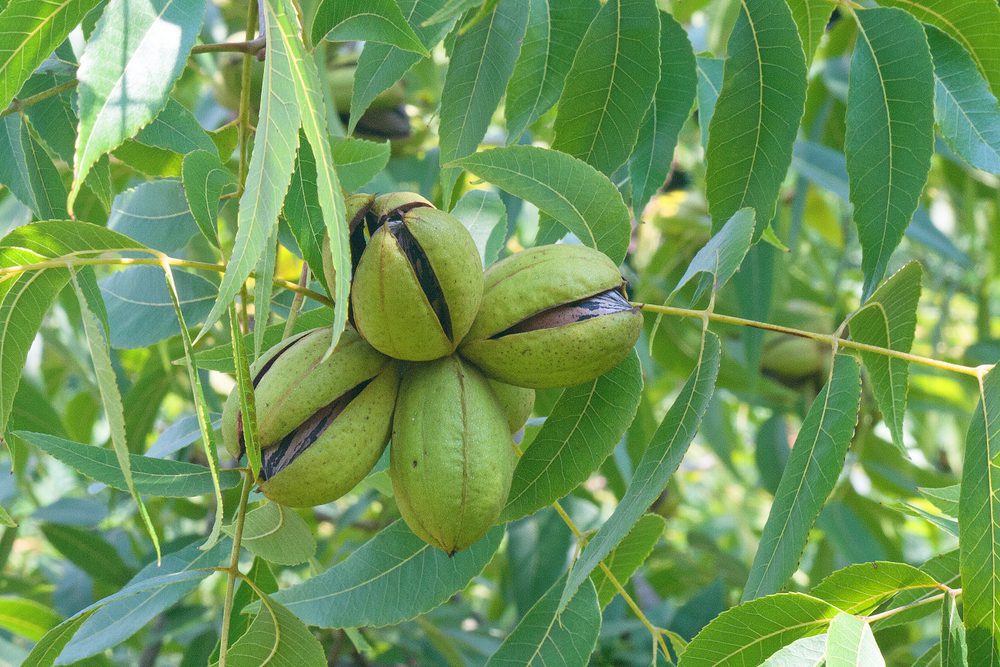
Pecan trees, despite their delicious nuts, are not ideal for backyard planting due to their tendency to drop branches and twigs, which can pose a safety hazard.
Instead of attempting to grow pecan trees in your yard, it is recommended to purchase pecans from stores. It is also advisable to choose trees that are native to your region as they are better suited to the local climate and soil conditions. When selecting and pruning trees, prioritize ones that are healthy and strong. It is essential to conduct thorough research before making any tree purchases for your garden.
